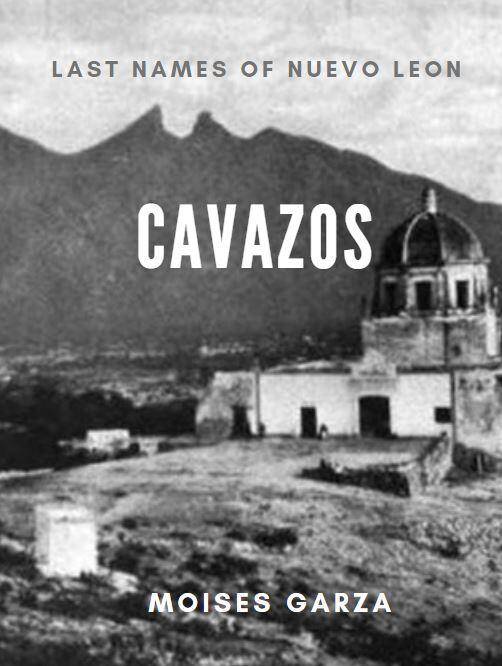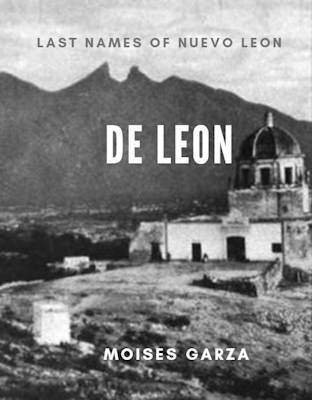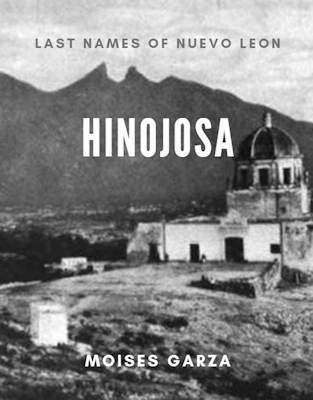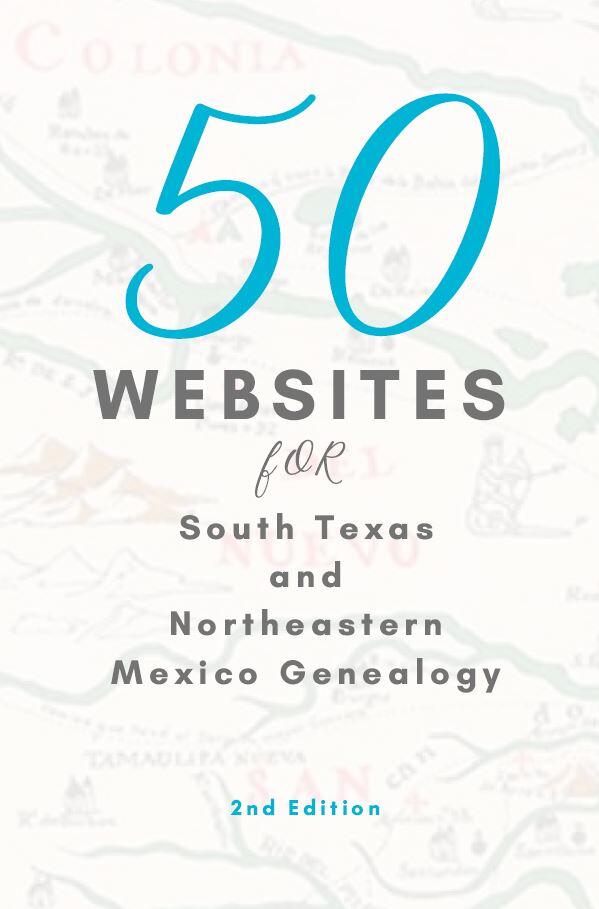This past Sunday I attended the Rio Grande Valley Hispanic Genealogical Association’s meeting at the Harlingen Public Library. The presenter was Elizandro Munoz whom is an assistant professor of History at South Texas College for the Weslaco campus. His presentation was titled Ranching and The Province of Nuevo Santander.
Overall Points of the Presentation:
Mr. Munoz explained how the Spanish Mexican Ranching has influenced lifestyle, language, clothing and even architecture. He then went on to mention that the first cattle came from Andalucia Spain, and area rich in ranching. He goes on to explain how the first cattle where brought to the area of Tampico and then on to our region. He mentioned that the cowboy’s dressing was part of his tools, the sombrero, scarf, tight jeans, and chapareras. Also showed pictures of some old homes with Spanish influence.
He also talked about General Bernardo de Galvez whom Galveston Texas is named after and his role in the American Revolution.
His slide show had a couple of pictures one of which was a tronera on one of the houses in El Capitaneño Ranch in Zapata Texas and xplained that the early settlers where always under constant treat of Indian attacks specially the apache and comanche. He then went on to mention that almost all of the current towns and cities saw their birth as ranches.
Mr. Munoz also explained how the old corrales used to be constructed out of leña specially mesquite and that they were 6 feet to eleven feet tall. He also mentioned how the Longhorn cattle were the best breed due to them being lean and could withstand harsh environments that the cattle drives would encounter. Finally in his presentation he stated that cowhands in Spain used to be only paid on a yearly basis starting in El Dia de San Juan which is June 24th.
Overall it was a very good presentation but it was very general, focusing more on the origins of ranching than on actual ranches of South Texas or Northern Mexico. The part of the Corrales de Leña was particularly interesting to me since at my dad’s ranch in Mexico there is still an old Corral constructed just the way he mentioned. At the end of the presentation I told him about it and was very interested in obtaining a picture.
One thing that I was disappointed was the lack and or mention of Jacales. I have been reading so many accounts and documents were Jacales are mentioned. For example the picture of the tronera in El Capiteño ranch is an oddity. They are not that common since they were labor intensive and costly to build specially if there was no stone to build with. Also some early Northeastern ranches used to have a “casa fuerte” were in case of raids the surrounding people in Jacales could find refuge.
If you are interested in South Texas and Northeastern Mexico ranching and would like to learn more I highly recommend that you check out one of my previous posts Spanish Colonial Ranching Communities a Dissertation by Mary Jo Galindo . You will not be disappointed if you read Mrs. Galindo’s Dissertation.







